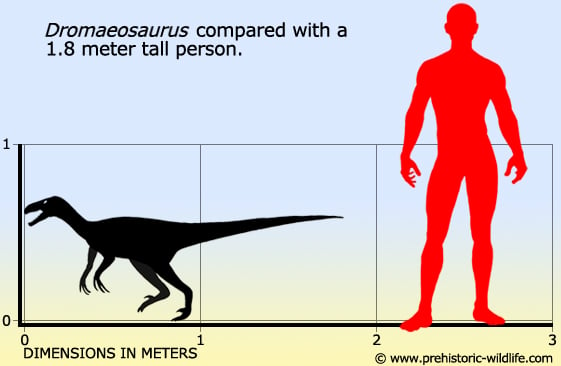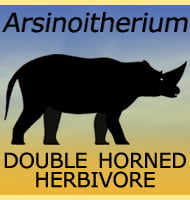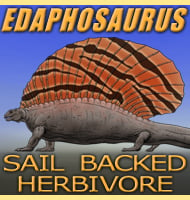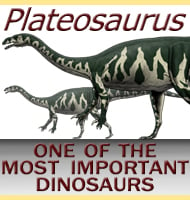In Depth
Although as the name suggests this was the first dromaeosaurid to be discovered, it was not well understood until some of the other dromaeosaurids were discovered and studied. This has allowed for the gaps to be filled in, giving a much more accurate representation of what Dromaeosaurus was like.
While Dromaeosaurus still had the sickle shaped claws on its feet, its skull was proportionately larger and much more powerful than most of the other dromaeosaurids, suggesting that it had a greater reliance on its jaws as a weapon. How the jaws were used is still incertain as they could have been for holding onto prey, crunching more heavily armoured prey, or simply have been a primitive trait from earlier forms. The larger skull also had an enlarged nasal cavity suggesting an enhanced sense of smell.
Further Reading
– The family Deinodontidae, with notice of a new genus from the Cretaceous of Alberta. – Bulletin of the American Museum of Natural History 46(6):367-385 – W. D. Matthew & B. Brown – 1922. – The small Cretaceous dinosaur Dromaeosaurus. – American Museum Novitates 2380: 1–49. – E. Colbert & D. A. Russel – 1969. – New information on the anatomy and relationships of Dromaeosaurus albertensis (Dinosauria: Theropoda). – Journal of Vertebrate Paleontology 15 (3): 576–591. – Philip J. Currie – 1995.










